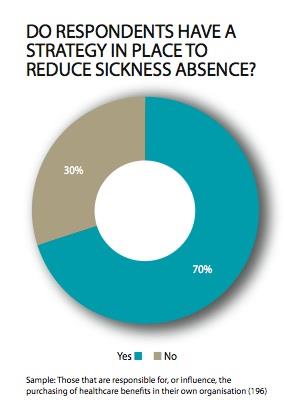EXCLUSIVE: More than three-quarters (81%) of respondents cited return-to-work interviews as the most common format for their sickness absence strategy, according to research by Employee Benefits.
The Employee Benefits Healthcare research 2013, which surveyed 376 HR and benefits professionals, found this is followed closely by early intervention by line managers (74%), work-life balance or flexible-working policies (67%), rehabilitation to long-term sick (63%) and access to care (62%) either on-site, through occupational health or through healthcare benefits.
The focus on work-life balance and flexible working has risen significantly, up from 58% in 2010.
Recent years have also seen an increased emphasis on making the workplace an attractive place to be as a way to reduce sickness absence.
In 2013, one-third (32%) of respondents said this is an important part of their strategy, slightly up from 26% in 2010.
There has been a steady rise (albeit from a small base) in the use of external absence monitoring services.
Our 2010 survey showed 2% of respondents using such services. By 2012 this had doubled to 4%, and this year it has doubled again to 8%.
The proportion of respondents with a strategy in place to reduce sickness absence has stayed within the range of about 65% (in our 2005 and 2012 data) to 70% (in the 2010 and 2013 data).












